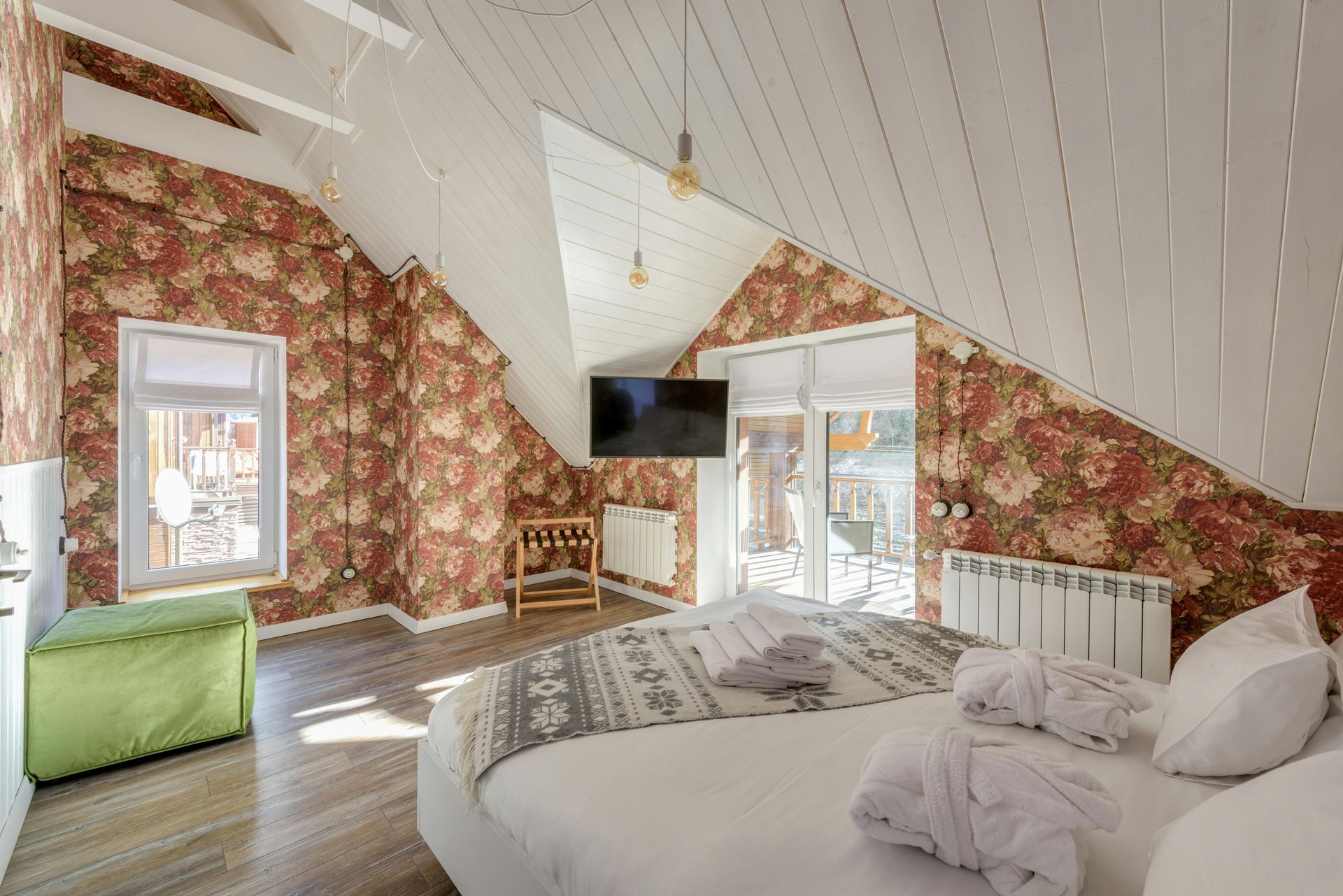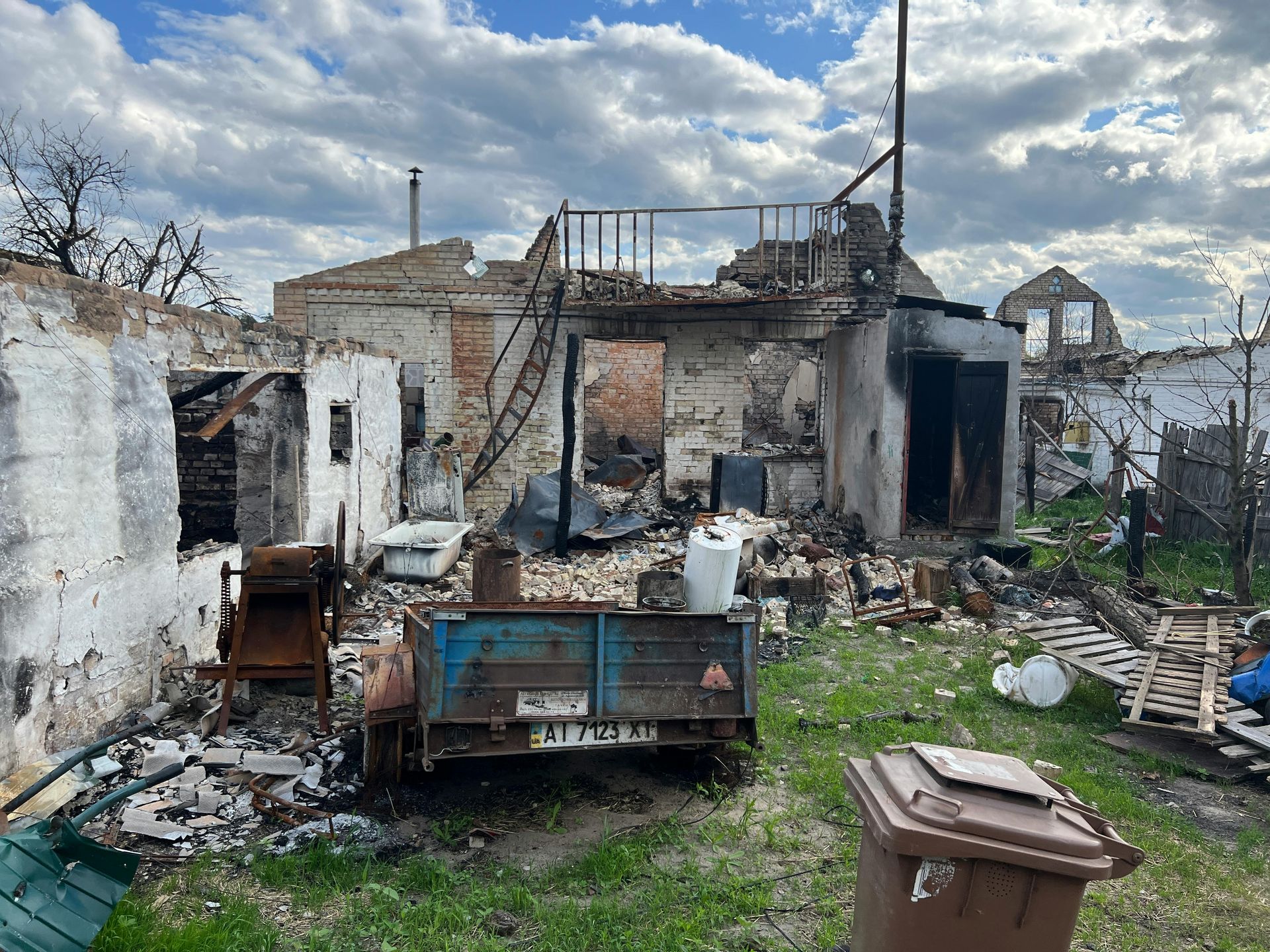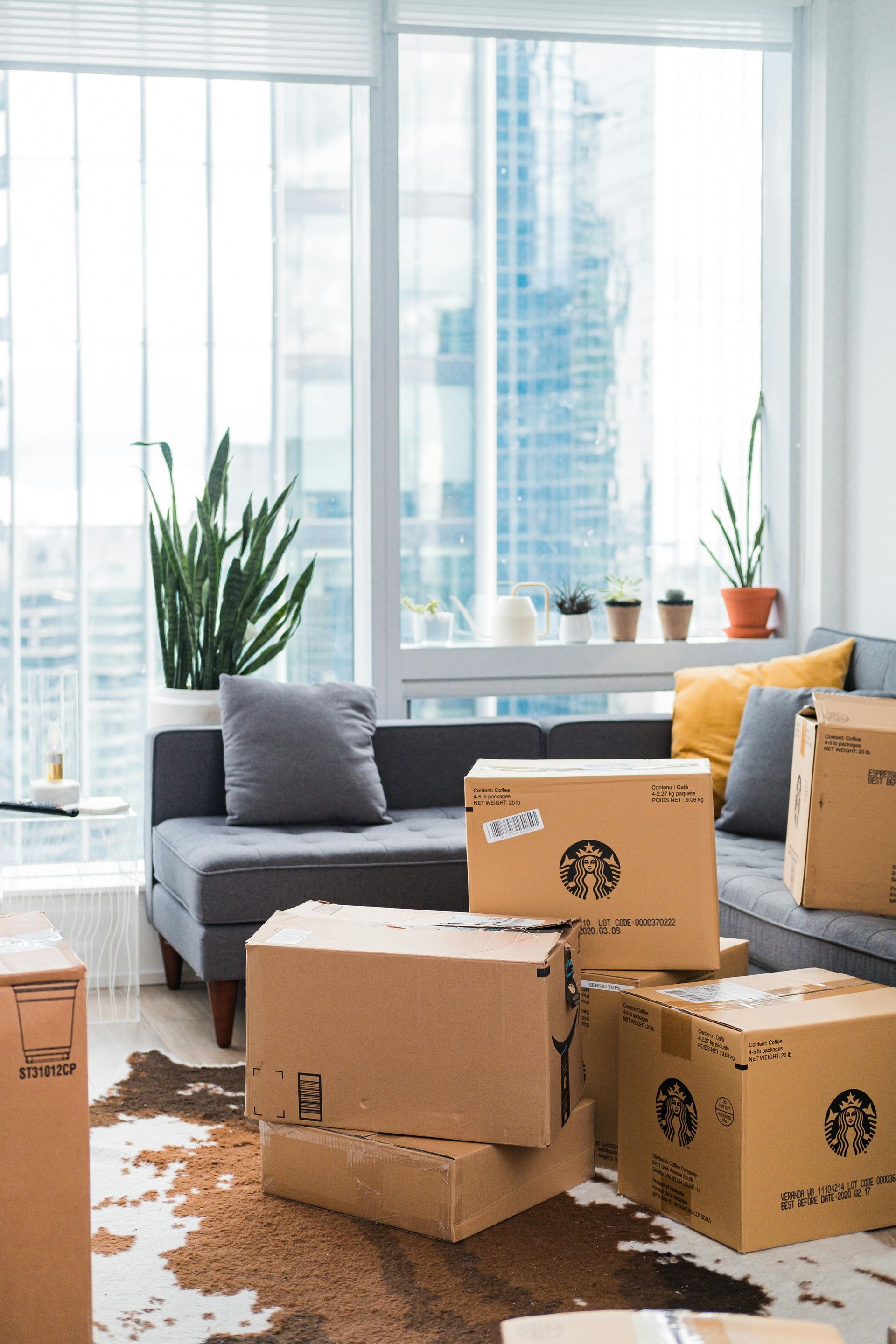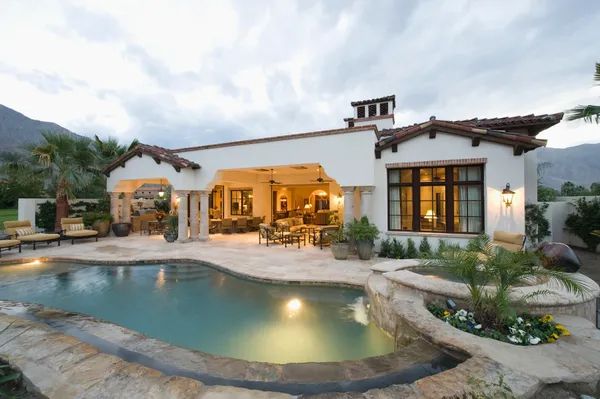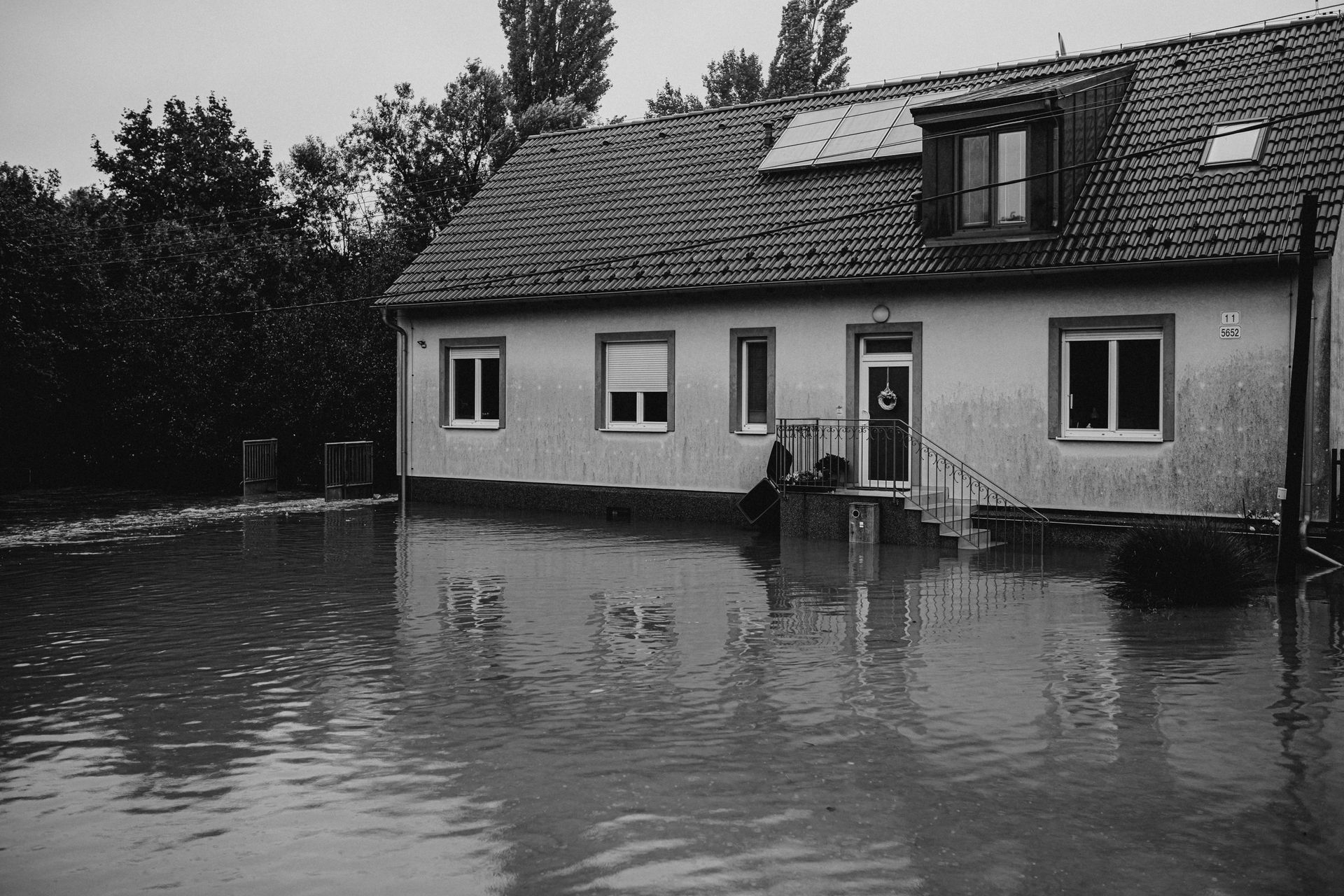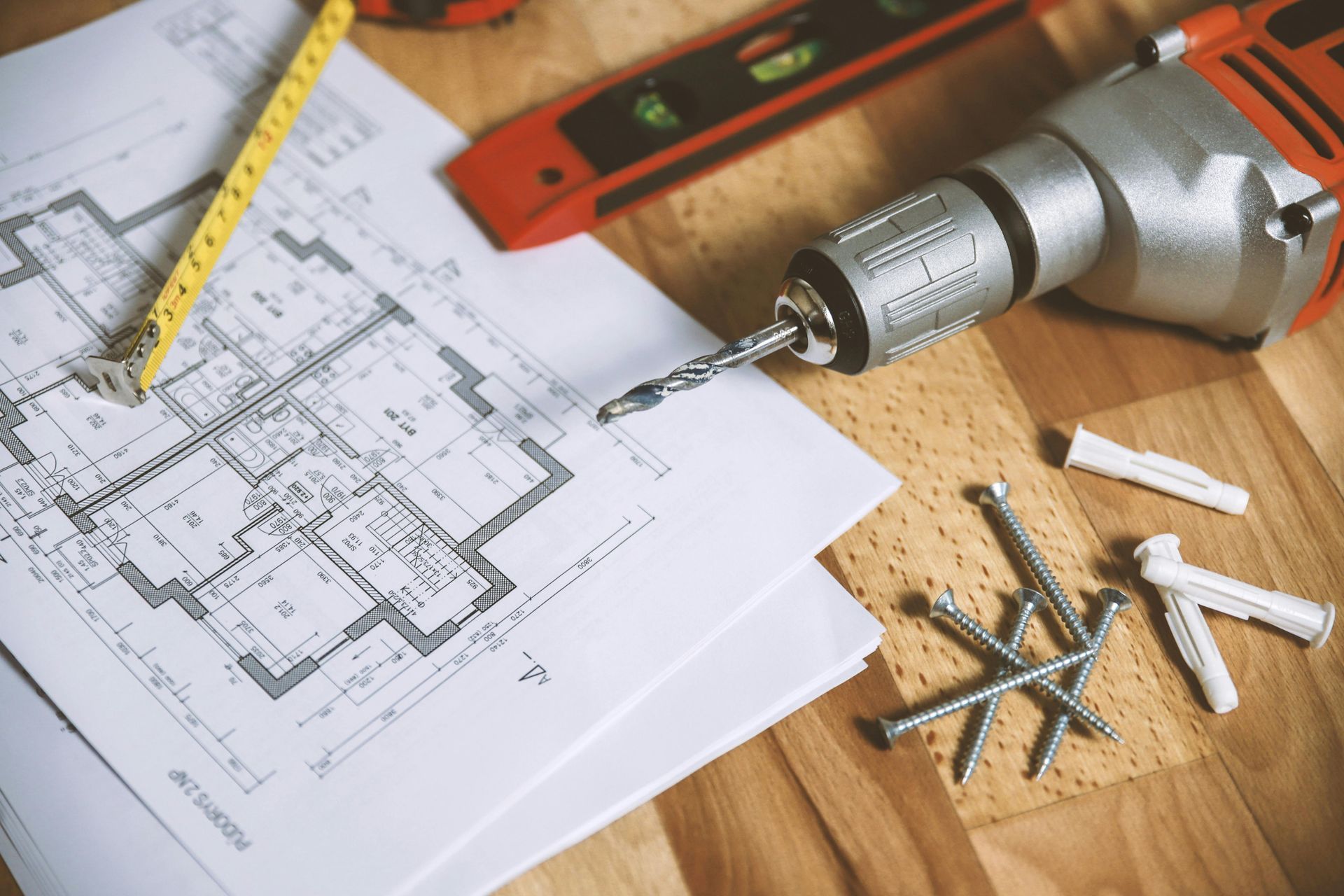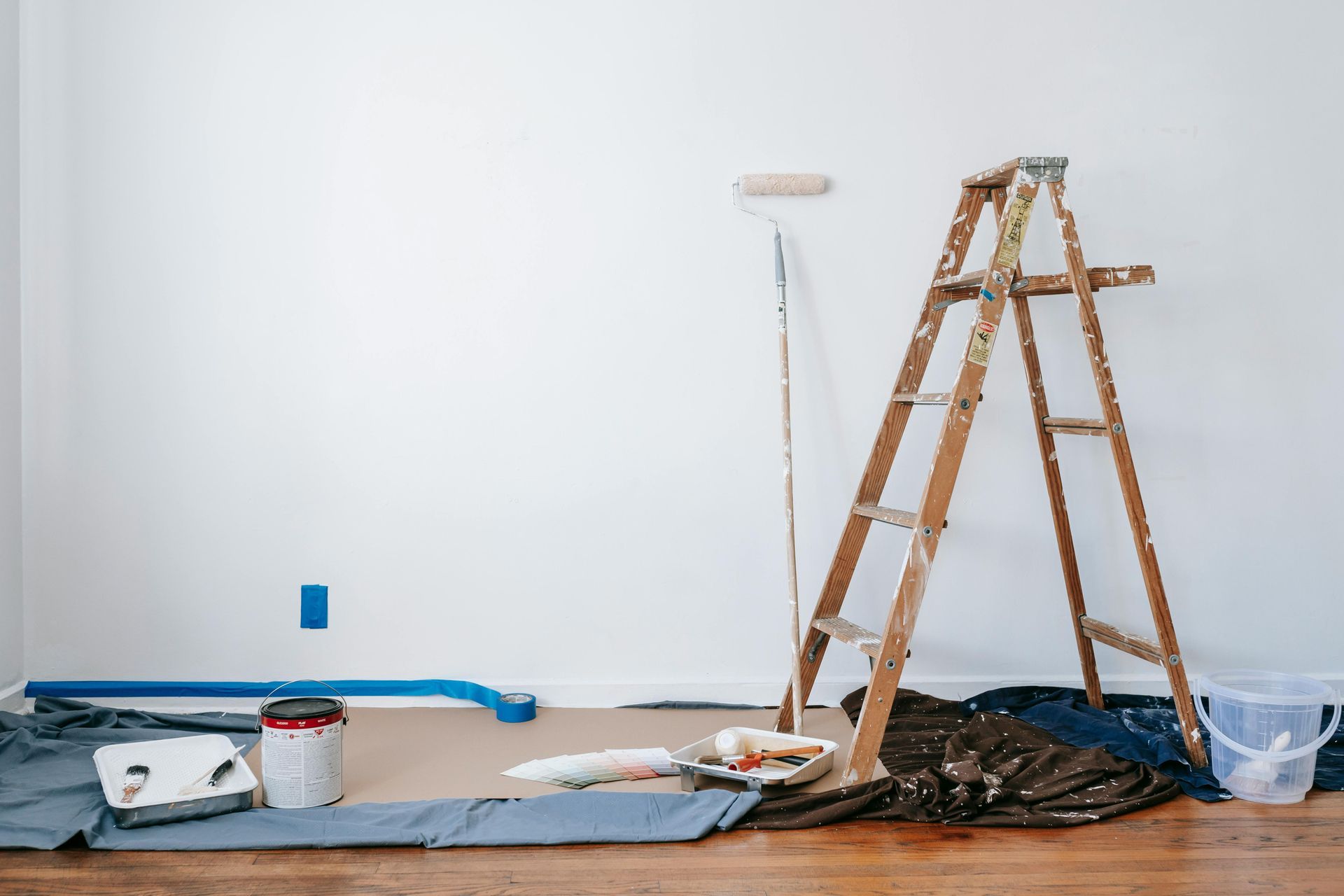Building a Second Story Addition: Is It Right for You?
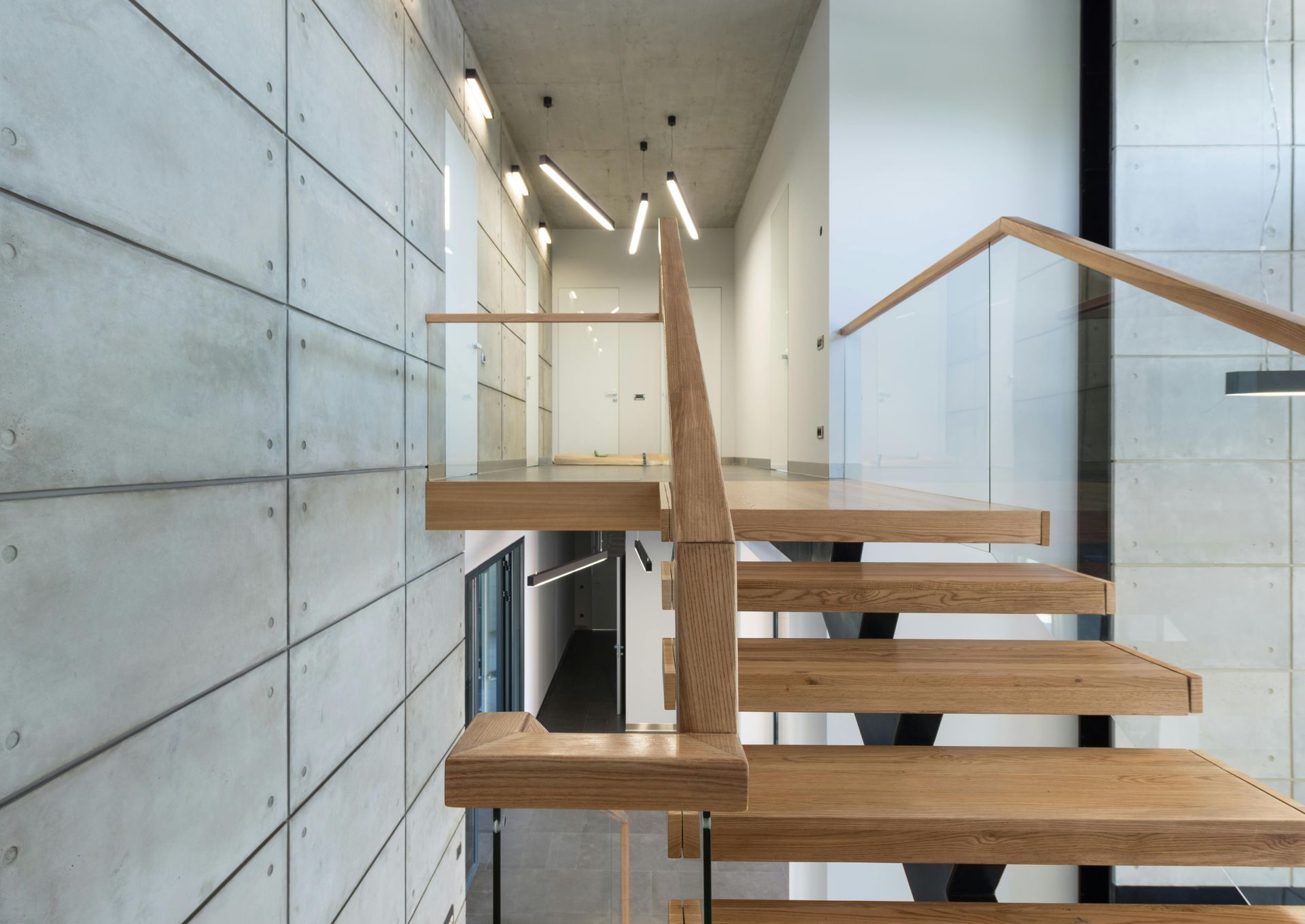
Expanding your home with a second story can transform your living space and increase property value. According to HomeAdvisor, the cost can reach up to $160,000, making it a major investment. While it helps you avoid the hassle of moving, factors like zoning restrictions and construction disruptions should be considered. This guide will help you decide if building up is the right choice.
Understanding the Benefits of a Second-Story Addition
Adding a second story isn't just about getting more space. It can significantly impact your home's functionality, comfort, and resale value.
Expanding Living Space Without Losing Your Yard
Not everyone has a large lot with room to expand outward. If your home is on a small or narrow lot, a second story is one of the best ways to add square footage without giving up your yard.
- Keeps outdoor space for kids, pets, and gardening
- Allows for larger floor plans in homes with limited land
- Works well in high-density neighborhoods where expansion isn't an option
Boosting Property Value and Resale Potential
A well-designed second-story addition can increase a home's value and attract more buyers. Extra bedrooms, bathrooms, or office spaces make properties more appealing, especially in competitive real estate markets.
While the exact return on investment varies, home additions generally enhance resale value by increasing square footage and functionality. Market demand, location, and the quality of the renovation all play key roles in determining how much value a second-story addition adds to a home.
Enhancing Natural Light and Scenic Views
A second floor opens up new possibilities for better lighting and improved views.
- Larger windows bring in more natural light.
- Higher elevation provides a better view of the neighborhood, city skyline, or nature.
- Skylights and solar tubes can make the new space feel brighter and more inviting.
Customizing Your Home for Multi-Generational Living
If your family is growing or you want to accommodate aging parents, a second-story addition can offer more privacy and independence.
- Add an in-law suite with a separate entrance
- Create a private retreat for older kids or extended family
- Build a dedicated guest area for visitors
Challenges and Considerations Before Adding a Second Story
While adding a second story has many benefits, it also comes with challenges that need to be addressed.
Assessing Your Home’s Structural Integrity
A professional evaluation is necessary to ensure your foundation can support the extra weight. Homes with basements or crawl spaces are better suited for second stories, while slab foundations may need costly reinforcements. A structural engineer can determine if modifications are required before construction.
Understanding Zoning Laws and Building Permits
Local zoning laws regulate building height and setbacks, so checking restrictions is crucial. Permits must be secured before starting, and non-compliance can lead to fines or forced changes. Working with a contractor familiar with local codes helps streamline approvals.
Planning for Extended Construction Time and Disruptions
A second-story addition is a major construction project. Depending on the scope, it can take several months to complete.
What to expect:
- Noise, dust, and limited access to parts of your home
- Temporary relocation may be necessary, especially if the roof is being removed
- Delays due to weather, material shortages, or permit approvals
Managing the Cost
Costs vary based on location, size, and materials.
Factors that influence cost:
- Size of the addition
- Type of materials used
- Labor costs in your area
- Need for HVAC, plumbing, and electrical upgrades
Exploring Design and Construction Options
There are multiple ways to build a second story, depending on your budget and design preferences.
Full vs. Partial Second-Story Additions
A full second-story addition removes the existing roof to build an entirely new upper level, doubling the home's square footage. It offers maximum space but requires significant structural work, including foundation reinforcement and utility upgrades, making it costly and time-intensive.
A partial second-story addition extends over an existing structure like a garage or porch. It’s more affordable and requires fewer modifications while still adding valuable living space. Though smaller in scale, it must be carefully designed to blend with the home’s existing structure.
Roof Lifting vs. Building from Scratch
Roof lifting involves temporarily removing the existing roof and reinstalling it after framing the second floor. This method is cost-effective and preserves the original roof structure but requires precise engineering. Building from scratch demolishes the old roof and constructs a new one, allowing for greater design flexibility but increasing costs and construction time.
Both options require careful planning to ensure structural integrity and seamless integration with the existing home.
Modular Second-Story Additions
Modular additions are pre-built offsite and installed in just a few days, reducing construction time and costs. Built in a controlled environment, they offer higher quality control and protection from weather damage. These additions can be customized to match the existing home but require structural assessments to ensure support.
Blending New Construction with Your Existing Home Design
A second story should seamlessly match the original home. To achieve this:
- Use exterior finishes that complement the existing structure
- Align windows and architectural details for a cohesive look
- Upgrade the first floor to match the style of the new home addition
Cost Breakdown of a Second-Story Addition
Adding a second story costs $80 to $200 per square foot, influenced by size, materials, labor, and structural reinforcements. Larger projects, high-end finishes, and energy-efficient upgrades increase costs, while permit fees and roofing modifications add to the expense. If the foundation lacks strength, reinforcements may be needed, raising the budget.
Beyond primary costs, hidden expenses like HVAC upgrades, foundation reinforcements, and temporary housing can arise. Expanding square footage often requires better heating and cooling, and unforeseen material costs may impact the budget. A 10-20% contingency fund can help cover surprises. For a detailed breakdown, visit HomeAdvisor’s guide to home additions.
Is a Second-Story Addition Worth It?
Building a second story is a major decision that requires careful consideration. While it can add valuable space and increase property value, it also comes with significant costs and structural challenges.
Return on Investment: Will You Recoup the Costs?
Most second-story additions recover about 65% of their cost in resale value, making them one of the more profitable home renovations. Added square footage, extra bedrooms, and modernized features can attract buyers and boost property appeal.
How a Second Story Compares to Other Home Additions
- Second-story additions: Higher upfront cost but greater long-term value
- Ground-level expansions: Often cheaper, but require sacrificing yard space
When to Build Up vs. Move to a Larger Home
Moving might be a better option if:
- Your current foundation can’t support a second story
- Zoning laws don’t allow vertical expansion
- The cost of construction exceeds the value increase
Planning Your Second-Story Addition Successfully
Choosing an experienced contractor is crucial. Companies like Sunshine State specialize in home additions, ensuring quality craftsmanship and compliance with local building codes.
A second-story addition typically takes 5-7 months, but delays due to weather, permits, or material availability are common. Living through construction can also impact your daily routine, with potential challenges such as:
- Increased noise and dust
- Possible temporary relocation
- Higher utility bills due to extended construction
Conclusion
A second-story addition is a great way to maximize space, increase home value, and improve functionality. It’s a big investment, but with proper planning and the right team, it can be a game-changer for your home.
If you're considering a second-story addition, contact Sunshine State today to discuss your project and turn your vision into reality!
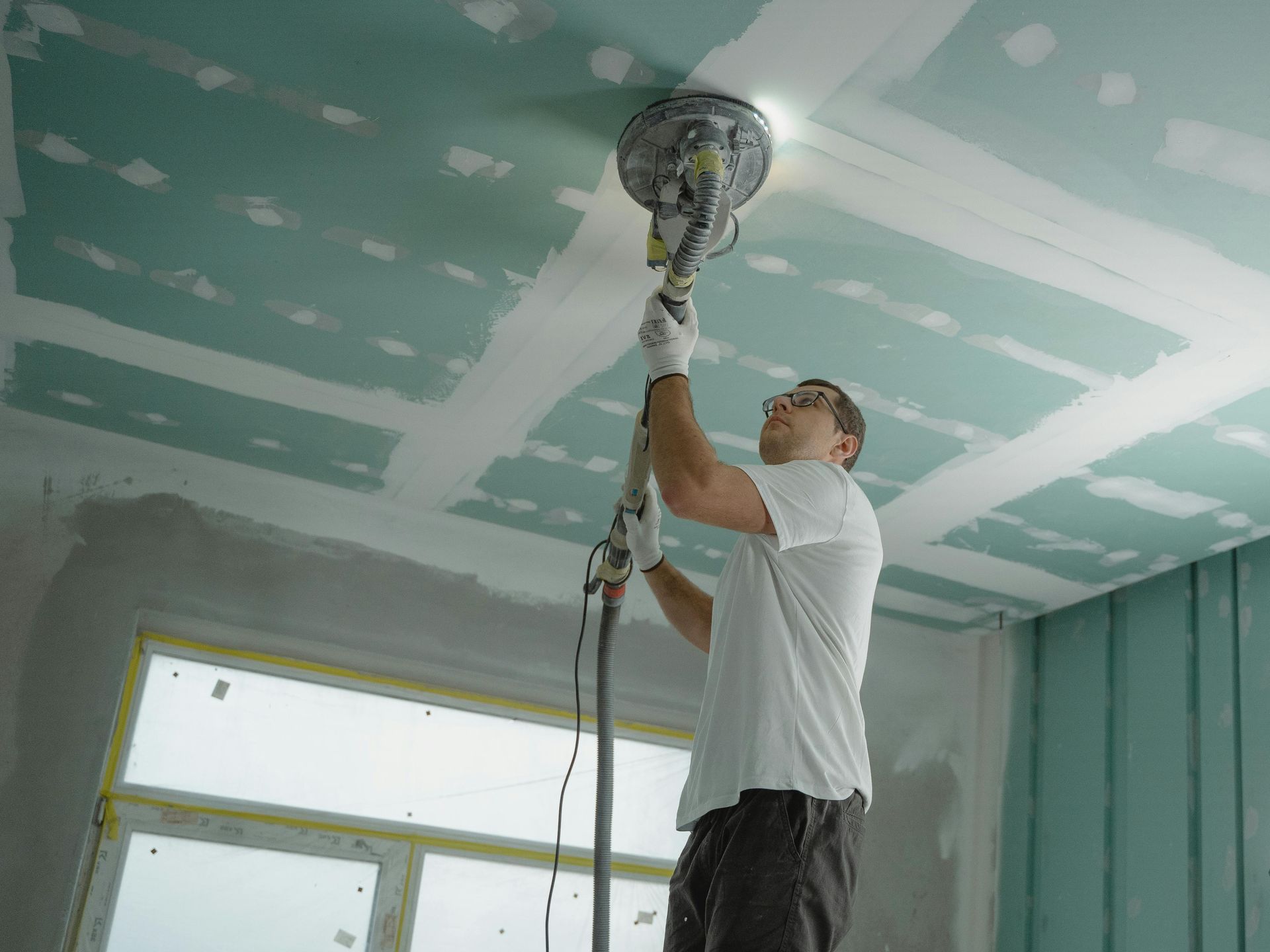
Quick Links
Contact Details
Address:
8638 Philips Highway, Suite 03 & 04, Jacksonville, Florida 32256
Phone:
Email:
Business Hours
Mon - Fri: 7:00 AM - 5:00 PM
Sat - Sun: Closed
Our Service Areas
Kitchen Remodel
Bathroom Remodel
All Rights Reserved | Sunshine State Professional Services, Inc.
Site by Spearlance

